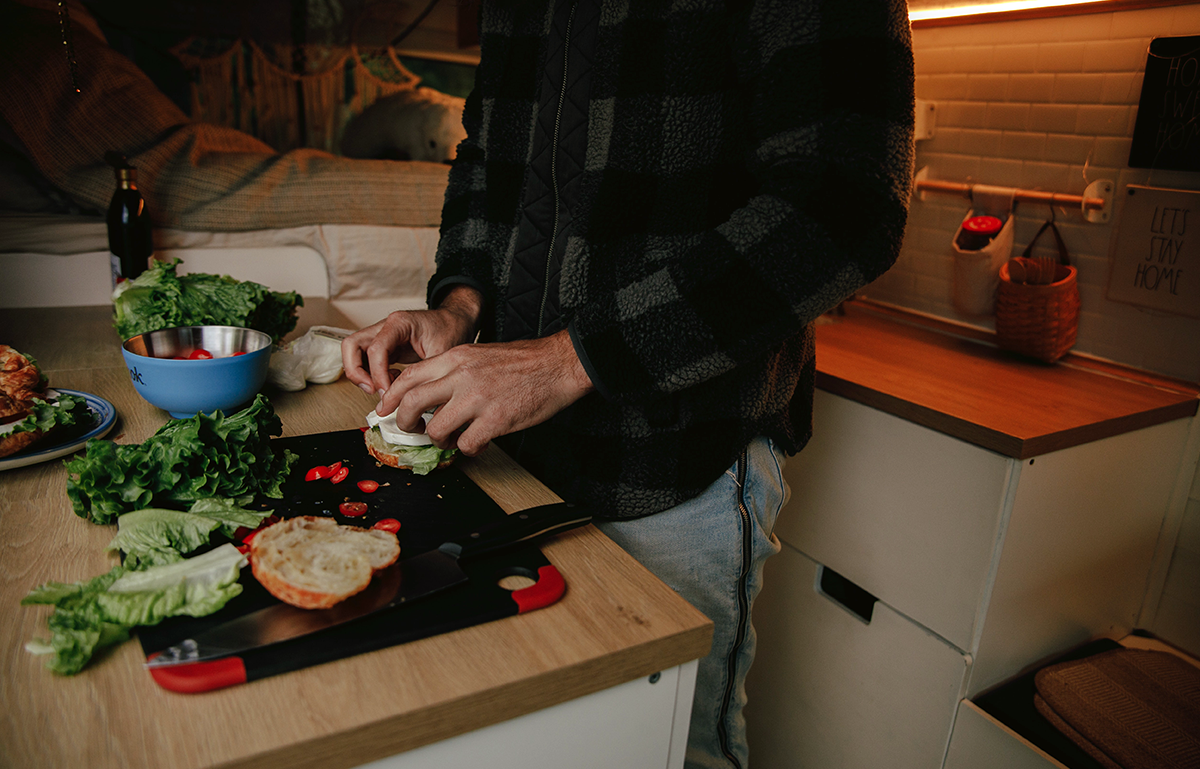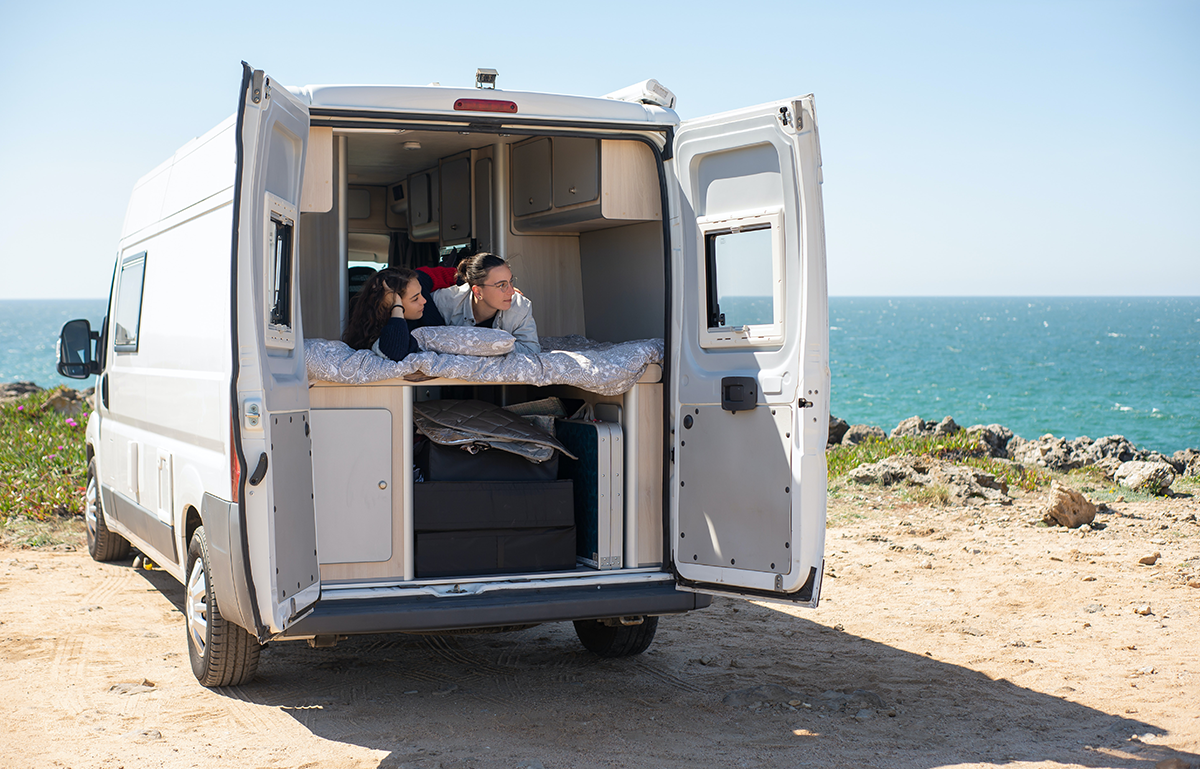In the simplest terms, a self-contained vehicle is one that has everything you need for a camping trip contained within your vehicle and leaves nothing behind after your stay. This means not needing to rely on any external facilities such as toilets, bins, water supply, electricity and the like – allowing you to stay essentially anywhere that camping is permitted.
Self-contained vehicles are becoming increasingly popular across all parts of the world, particularly among travellers who are interested in free camping. While most traditional campsites will supply everything you need for a night under the stars, anyone looking for a more bespoke getaway or ‘off-the-grid’ free camping trip can greatly benefit from owning a vehicle that is self-contained.
What amenities do I need to be classified as self-contained?
For a vehicle to be classified as self-contained, there are a few guidelines that need to be followed. That being said, converting a standard campervan or RV into self-contained is much simpler and more affordable than you might think.
In Australia, the general guidelines for self-containment include:
- Fresh water stores – for both drinking and washing
- Fitted sink, toilet (or port-a-potty) and waste tanks for storing greywater and sewage
- Cooking facilities (if you wish to cook)
- The ability to power onboard appliances, whitegoods and other auxiliary items
- Storage for general rubbish and waste
It’s important to note that these amenities must be contained within the vehicle; external amenities do not constitute self-contained.

What if I don’t have an onboard kitchen?
A vehicle that doesn’t have onboard cooking facilities, but that is otherwise classified as self-contained, is still eligible for stays with platforms such as a HarvestInn.com.au. Outdoor food preparation is not allowable with Harvest Inn, however you can easily prepare meals onboard that require no cooking at all (think antipasto boards and pre-purchased baguettes). With this option, you’re more than welcome to set up some camp chairs and enjoy your meal outdoors, so long as all rubbish is captured and stored onboard your vehicle after you’re done.
Alternatively, we also encourage taking the opportunity to support your hosts by purchasing meals, if available.
Is it easy to convert a vehicle into self-contained?
The short answer – yes!
Keeping in mind the above points, converting a standard campervan or motorhome into a self-contained vehicle is simple, cost-effective and will open up the door to exciting new experiences and destinations you might not otherwise get to explore.
If you’re interested in learning more about converting your vehicle, stay tuned for Part 2 of this blog series on how to convert a self-contained van.


